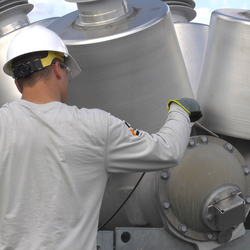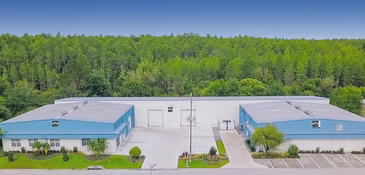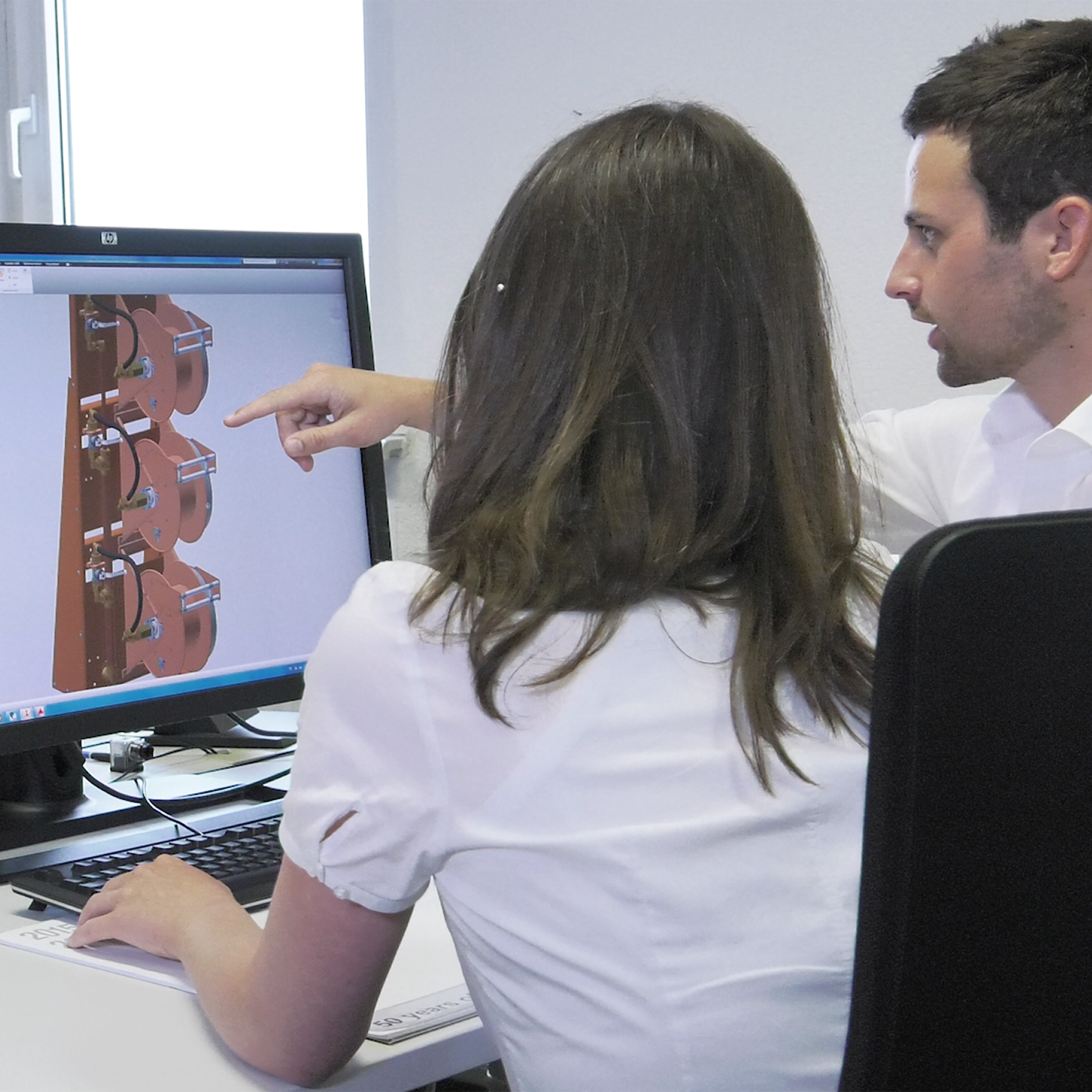Sulfur hexafluoride (SF6 ) is an inorganic compound. It acts as a very powerful insulator and has been utilized to prevent short circuits and electrical arcing in electrical substation equipment for decades. Made of six fluorine atoms attached to a central sulfur atom, SF6 gas is stable, nontoxic, and has a low level of flammability. These properties have made SF6 gas acceptable for use in a variety of operating settings and voltage levels in the power sector.
To ensure its purity, SF6 gas must be filtered through an extensive process with the use of specialized equipment. Learn more about the SF6 filtration process from the advanced SF6 gas specialists at DILO.

How SF6 Filtration Works
The SF6 filtration process intends to meet the specific requirements set forth based on a standard and application. Furthermore, the goal is to remove contaminants such as oil, moisture, and decomposition by-products that can occur naturally over time either by leaks or through arcing events. This practice is considered recycling as part of the 3-R process. The SF6 filtration process is crucial as certain contaminants can be potentially dangerous regarding human health and might damage equipment.
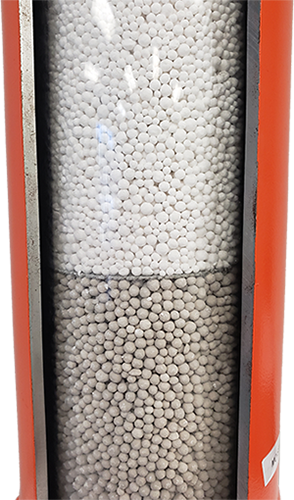
SF6 filtration consists of four main types: aluminum oxide, molecular sieve desiccant, particle filtration, and activated charcoal.
- Aluminum oxide (AL2O3): This filter component works to absorb moisture and by-product by attracting and trapping the particles as the vapor passes through the filter.
- Molecular sieve desiccant: Water molecules are trapped and removed from the SF6 gas as it passes through the desiccant filter.
- Particle filter: Any solids found in SF6 gas that could damage gas handling equipment are trapped and removed as they pass through the particle filter. Particle filters have a 100% capture rate of particles ≥1.0μm.
- Activated charcoal: Not a standard part of a recovery system, activated charcoal removes organic compounds in part, such as oils, and transfer them to a high surface area, high bulk density, and particle size distribution.
For filtration systems to be successful, the design and setup must maximize adsorption and absorption as well as particle filtration. The combination of the filter types must adhere to strict requirements to allow optimum surface area contact with the filter element and gas flow. More information on the art of this filtration process can be found here.
Additionally, the filtration process must serve its intended purpose without further contributing to the contamination. The process must also be capable of supporting the number of contaminants that require capturing to ensure the system does not become saturated. An oversaturated system can allow captured contaminants to make their way back into the gas. This is why DILO often recommends using an additional pre-filter.
Analysis of SF6 Filtration
A thorough analysis of the gas is an important step in the filtration process. This step is critical in determining the purity levels of the SF6 gas. Although in most cases, proper filtration results in gas that exceeds industry standards, any discrepancies or deviation from the expected results (≥99% purity) should be investigated before any other steps are taken. To confirm and support analysis, an annual or bi-annual analysis conducted by an independent 3rd party laboratory should be used.
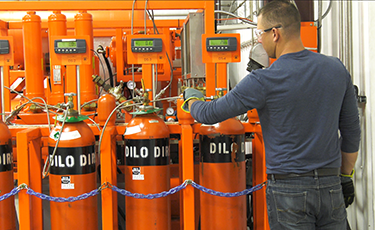
How Long Do Filters Last?
Determining the service life of a filter is complicated, as it’s dependent on the amount of gas and contaminants it captures. This furthers the need for in-depth gas analysis. If results demonstrate a lack of proper filtration, replacement is required.
Another factor determining a filter’s service life is the by-products it captures. Decomposition products, such as sulfuric compounds (i.e. SO2 & SOF2), and others can greatly reduce the service life of a filter element.

Learn More About SF6 Filtration at DILO
SF6 gas filters are designed to adsorb or absorb contaminants along with trap and capture particles to improve the quality of the SF6 gas. When filtration processes are performed properly, SF6 gas can be filtered and purified to easily meet the standards set by the industry for reuse.
DILO, the exclusive supplier of DILO Certified SF6 Gas, understands the SF6 filtration process well. Our network of locations across the United States allows us to supply premium quality SF6 gas, along with our extensive knowledge of SF6 gas handling, to clients in the U.S., Canada, Latin America, and the Caribbean. Contact us today to learn more about the SF6 filtration process or to gain more information about our SF6 gas safety and handling training.


